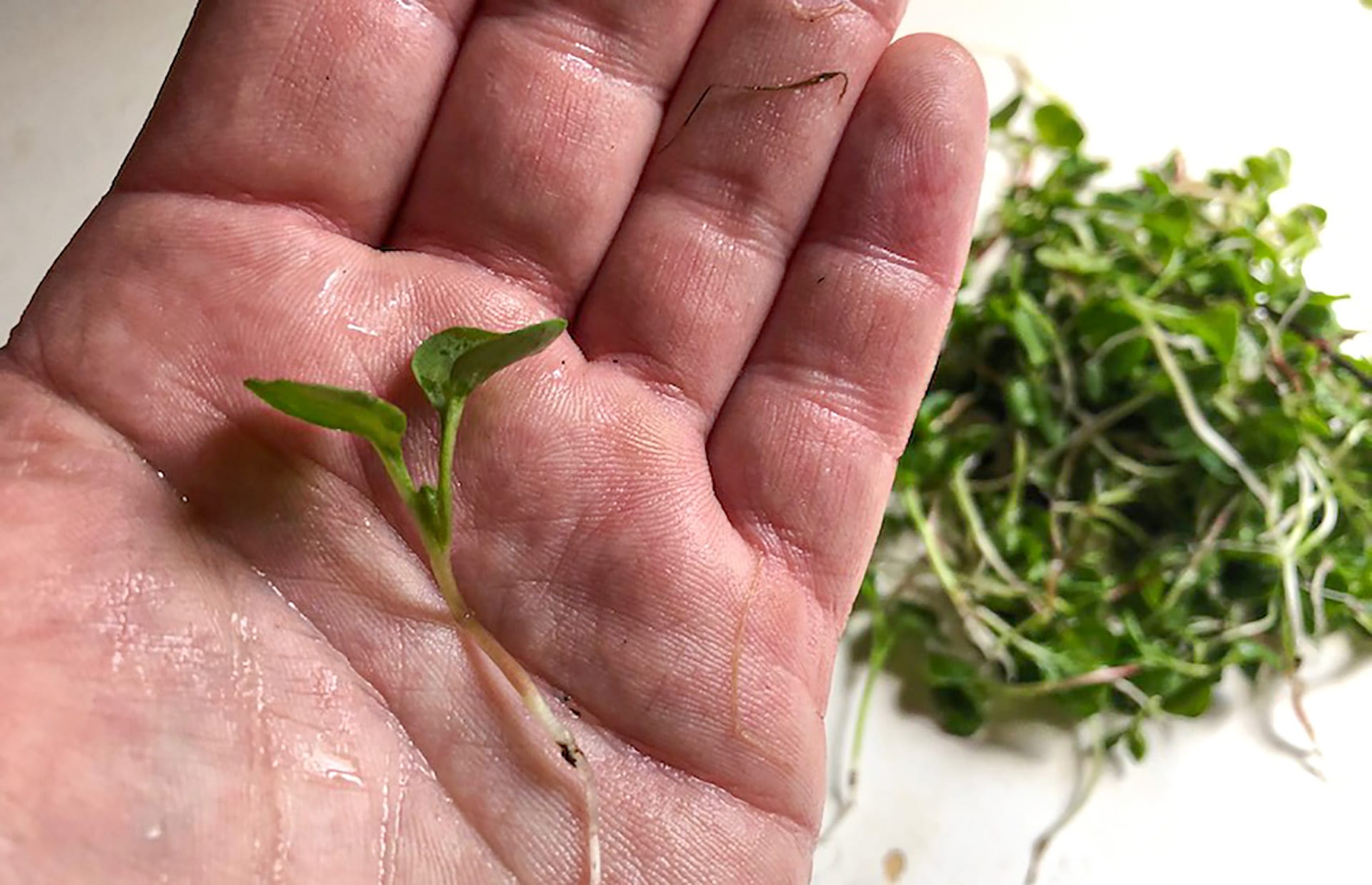
Ask any gardener about thinning seedlings and the tone often turns solemn.
“It really hurts me when I have to thin out some plants," Leon Pendracky told me a few weeks ago for this story. “If I do have to snip them, I can’t throw them in the compost, I have to eat them,” he added.
It’s how we all feel, and when sowing seeds either indoors or out, it’s just human nature to plant them too thickly. Even though we know better, in the heat of battle more oftentimes more seems better than less. That is until they spout.
There are all sorts of hacks and techniques to try and get seeds planted at the right distance, but no matter how hard we try, somewhere down the line, most plants will need to be thinned so they can reach their potential.
It’s one of those necessary jobs, which is often forgotten as the season overwhelms the gardener.
Every plant needs its own space, for some greens that could be several inches, for a tomato if could be five feet.
Take a look around the Internet and everyone has a different opinion of how far seedlings should be spaced. There are French Intensive and Square Foot Gardening techniques, recommending closer spacing to create a living mulch and deter weeds.
Let’s start with root crops, like radishes, carrots and beets. All three are sown in the spring and anything that produces an edible root, needs room to do so.
Like Leon, I enjoy feasting on the thinnings of most vegetables. Radishes are the perfect example. At first, there is a carpet. After one thinning, the plants are about a half-inch to an inch apart. That handful of seedlings produces the first fresh harvests from the garden, they are called microgreens and are edible from root to the top of the greens.
Microgreens are highly nutritious, tender and tasty.
A week later, more are harvested to be sure there’s room for the radishes (or any other root crop) to head up. Radishes usually need a couple of inches, maybe about four inches between carrots and six for beets. Try to previsualize how big the plant should get, and pull out everything else.
Soil improved with organic matter like compost will go a long way to fudging any errors in judgment as it has the nutrients to support plants which might be planted a little on the tight side.
Greens like lettuce need a foot between each plant to reach fruition.
Space Between Crops
To make matters more confusing, gardeners like me will oftentimes let them grow much closer together. The plants never get to full size, but there are many more of them — even after a couple of tasty bowls of thinnings. The spring greens can be cut close to the ground and will rebound a couple of times for more harvests. Eventually, it gets too hot for them or they get exhausted.
Vine crops like cucumbers, pumpkins or melons are often planted in hills of five seeds. That doesn’t mean a rise in the soil, that’s just a term for a group of these seeds sown together. They are usually thinned to three plants and allowed to ramble. Unless it’s producing something heavy, like a big pumpkin or watermelon, they can also be trained up a trellis or other support to save room. Otherwise, they will ramble and you’ll become a vine wrangler, turning the plants into each other, which can be fun.
Tomatoes can be planted anywhere from three to five feet apart. They need some space to help ward off fungal diseases. Peppers could be one or two feet apart and beans will be fine with a couple of inches between each other.
Plant tags and seed packets offer good information and a great starting point, especially for new gardeners.
Don’t be afraid to experiment a little. Who hasn’t grown a tomato jungle or carpet of lettuce? It will all work out, and each season provides a little more information on how much space plants really need.
Doug’s Free Seed Shacks
A beta version of Doug’s Free Seed Shacks has been placed at Hahn Nursery in Ross. It’s an old newspaper sales box filled with seeds. I have a bunch of boxes, and once I get your feedback, I’ll be putting them into communities that need the seeds to grow food and flowers for beauty too.
I’ve filled this test shack with seeds for you. Feel free to bring some extra seeds too if you would like to, but it’s not required.
I need to see if the way the seeds are presented works and welcome your feedback.
I’m excited to get the other boxes into underserved communities, but there will be one shack which will rotate around the area for everyone to enjoy. It will have seeds that need special expertise to start or have to be planted immediately.
The Free Seed Shack at Hahn has a secret compartment filled with rare and wonderful tomato seeds. I think you’ll be able to find the hidden seeds.
Hahn Nursery is located at 5443 Babcock Blvd., Pittsburgh, PA 15237.
Upcoming Appearance:
Join me this Saturday at Joe Hamm’s Daffodil Hortus (Collection) in Washington County. I’ll be a guest on the YaJagoff Podcast at noon. I convinced them to tape down there. It’s the greatest collection of blooming daffodils I’ve ever seen and it’s free too. You can go down anytime, but I would love to show you around. I’ll point out ‘Spencer Tracy,’ ‘Katherine Hepburn’ and some other treasures. You’ll see the most unique daffodil shapes, sizes and colors. It’s truly a magical place. Joe Hamm’s Daffodil Hortus is located at 99 Maple Road in Hopewell Township, Washington County off of Route 331 (Brush Run Road). Call 724-345-3762 for more information.
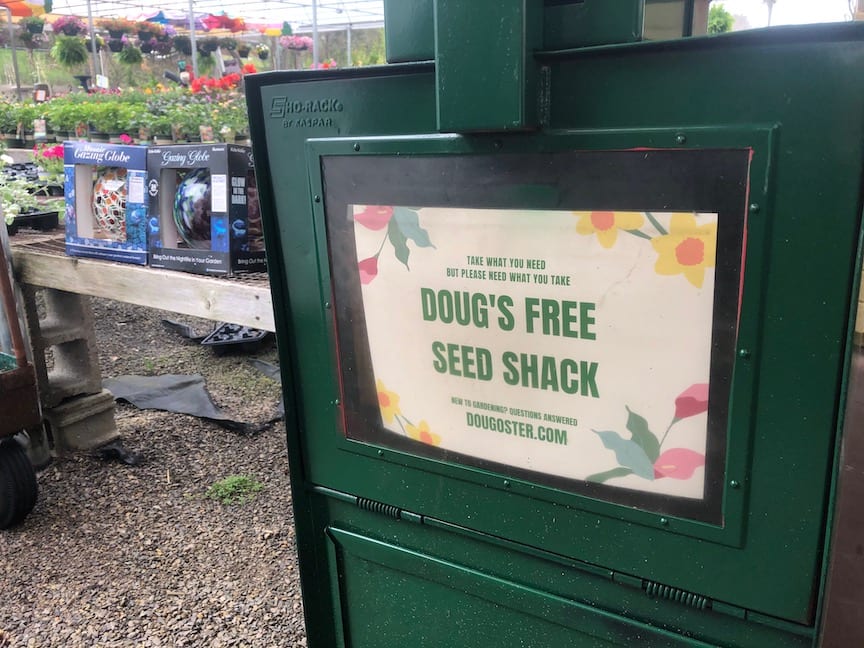
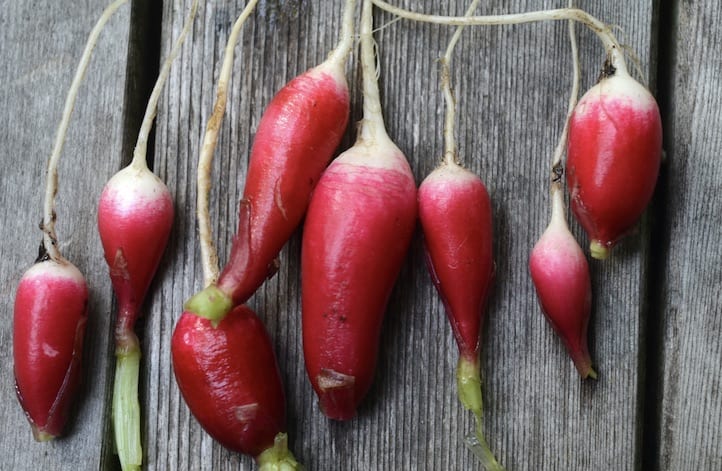
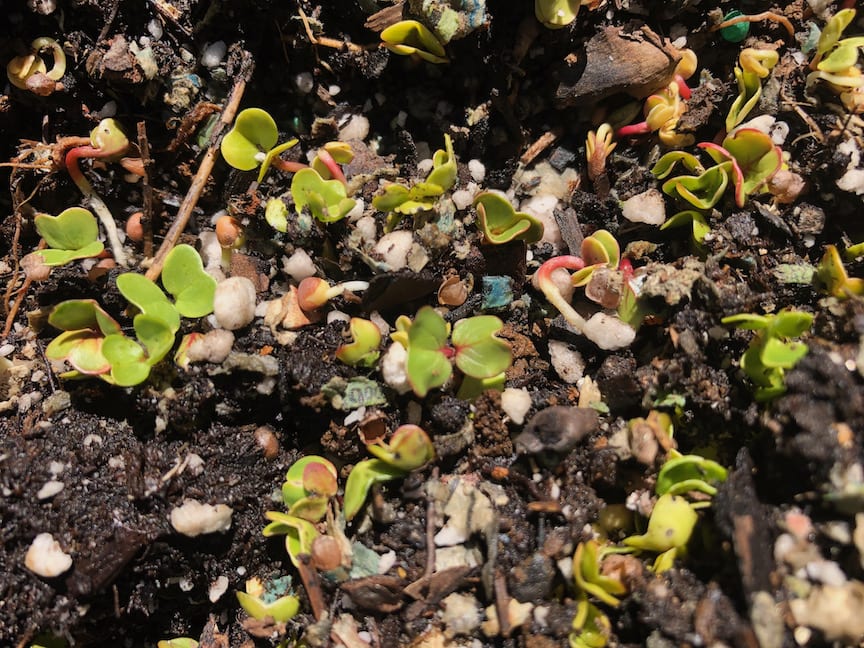
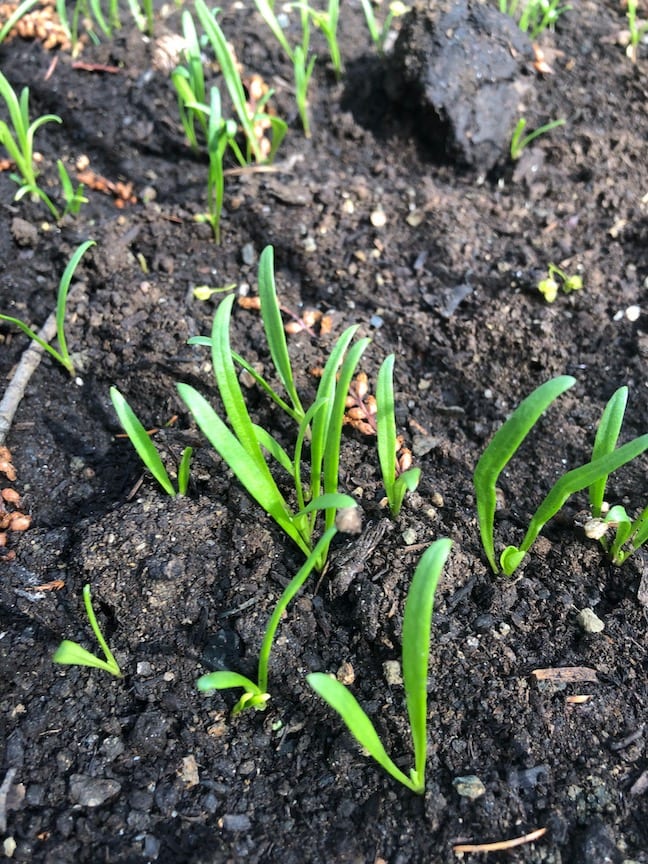
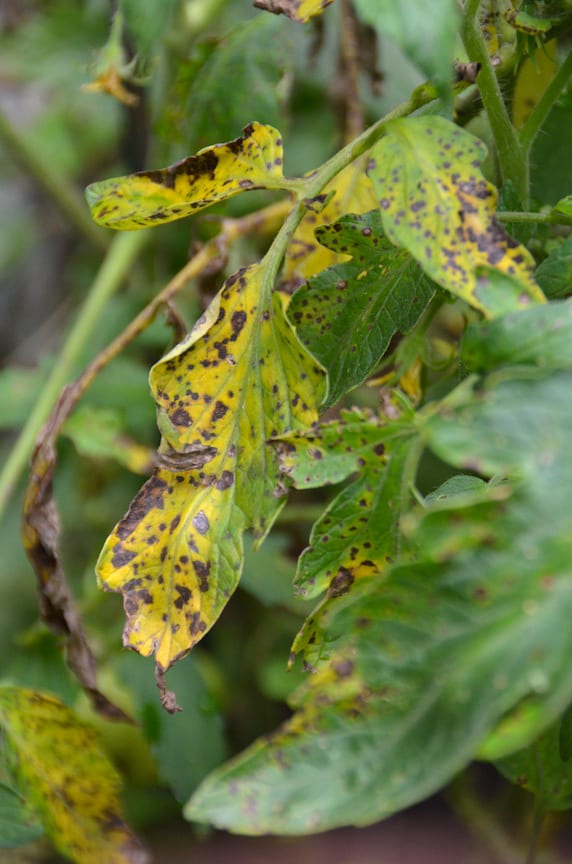
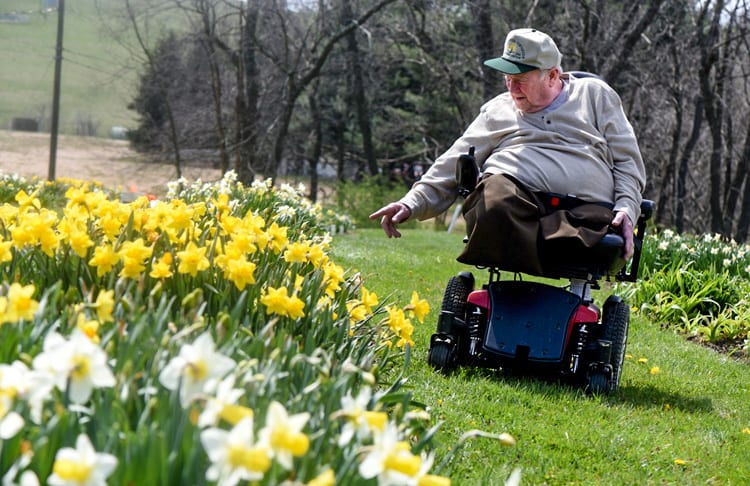

Thanks fir your valuable information
Having trouble with my grape vine producing grapes. Help